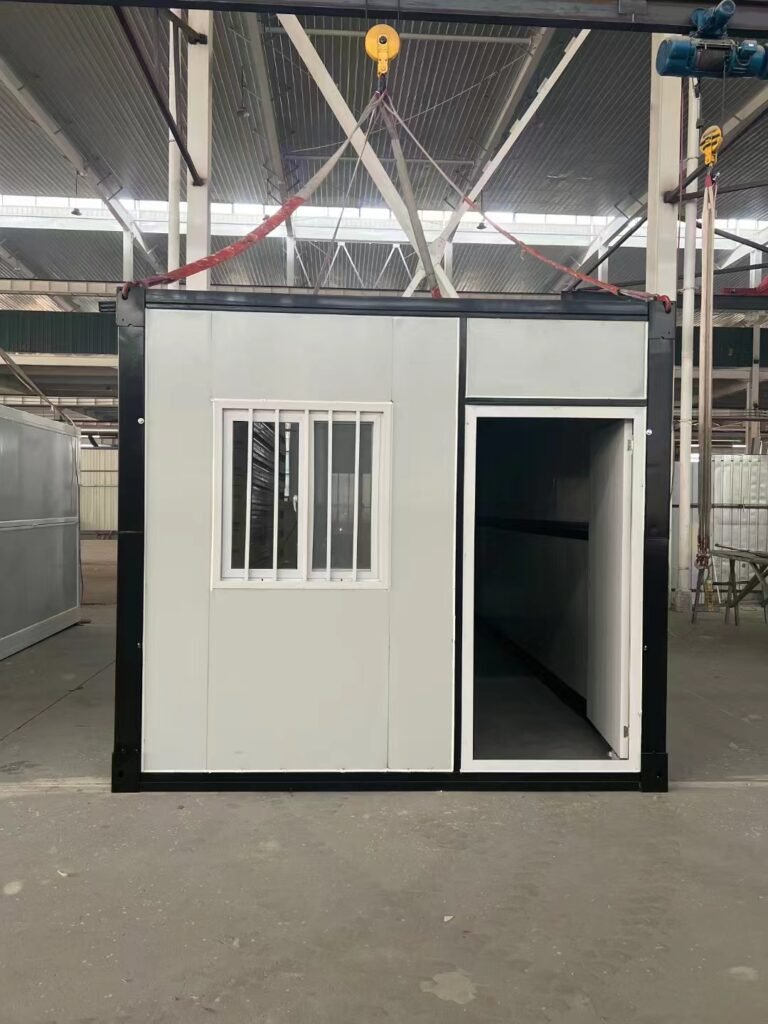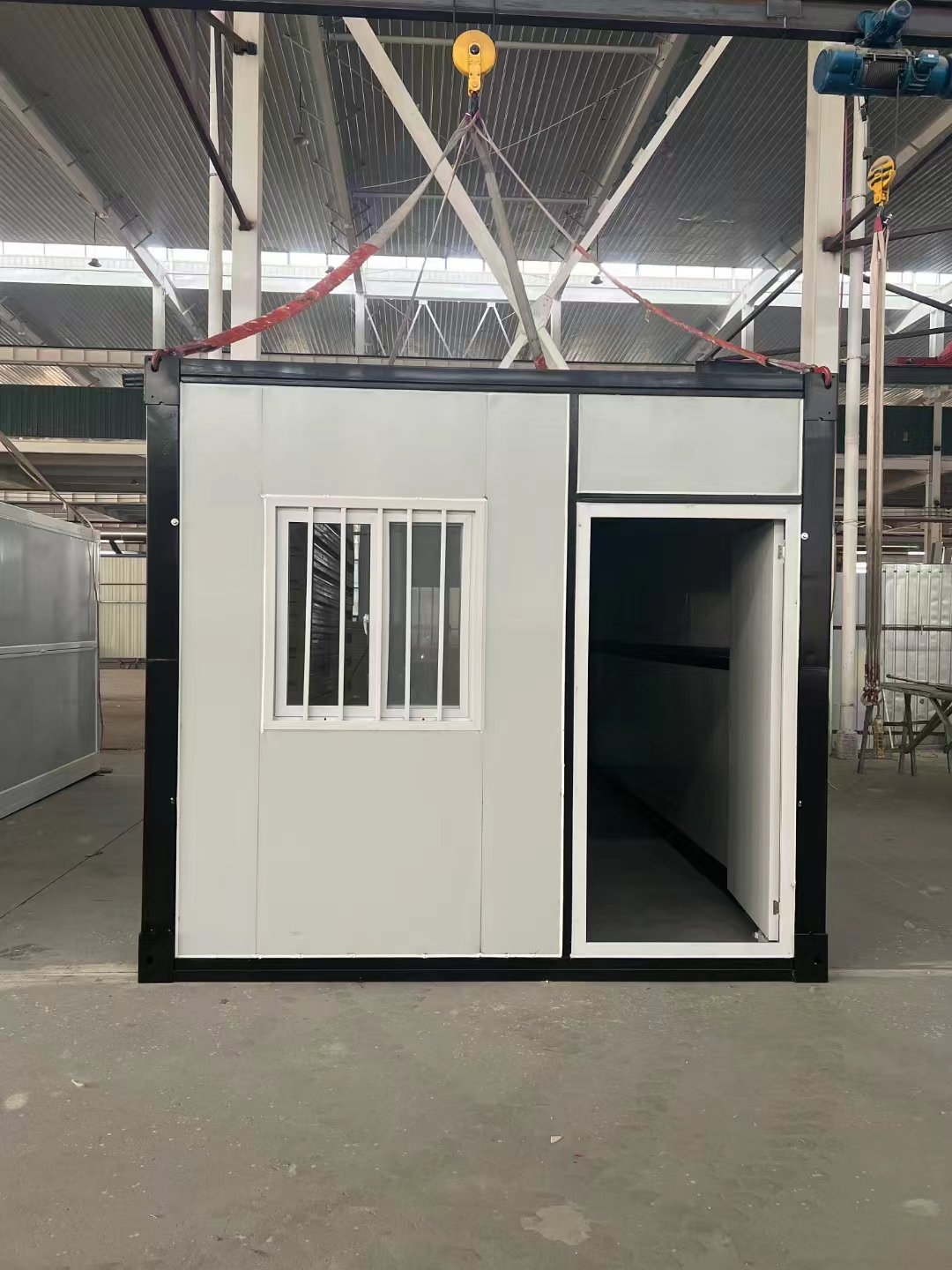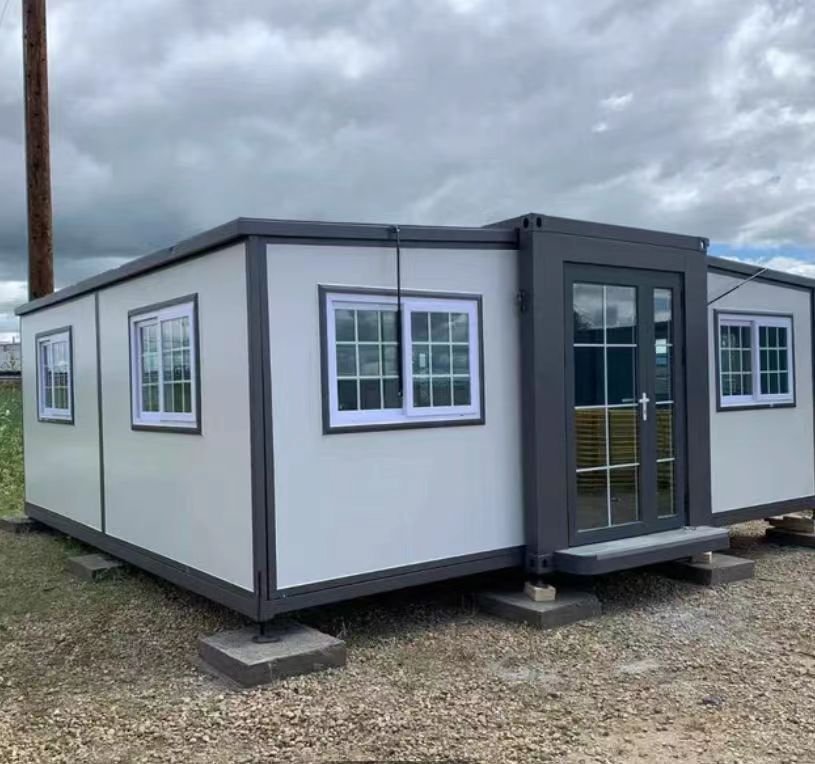
So you’re thinking about getting a container home. You’re excited about the idea of blah, blah, blah, blah, blah. But now you’ve heard some things. “Aren’t container homes a pain in the butt to install?” “Don’t they rust and aren’t they a concern with insulation?” “What about maintenance? What a nightmare!” Before you knew it, moving into a container home went from being a fantastic idea to a gigantic pain in the butt.
Are container homes a pain in the butt to install? If you screw it up. Do they fall apart? If you screw it up. Are they high-maintenance? If you don’t do anything with them, they turn into crap. If you keep up with them, pour a good foundation and finish your house, you can have a sweet, enjoyable, low-maintenance container home just like you can have a sweet, enjoyable, low-maintenance stick-built house. Let’s break down installation and maintenance and learn exactly what’s up.
How to Install a Container Home: Things to Know
Installing a shipping container home involves multiple steps. Although some of it can be complex, when you break it down, they’re easy to understand.
1. Foundation Stuff
Your container homes need to be on a good foundation. There are three different types of foundations you might consider:
- Concrete Slab: Ideal for permanent container homes, offering strong support and preventing moisture buildup.
- Pier Foundation: Provides elevation, making it suitable for areas prone to flooding.
- Strip Foundation: A cost-effective option, supporting the container along its length.
You need to know your foundation stuff because the last thing you want is for your house to fall over.
2. Positioning Containers
Installing containers may require cranes and forklifts, especially when the container home includes multiple stories. If containers do not align, later steps in the project are complicated. The sexier you want to get in the stacking and placement of containers, the more need there is to ensure the right folks are installing everything.
3. Cutting Up Containers
Unlike a regular house, steel shipping containers are not designed for habitation. When you do sexy things like cut out doors and windows, you have to do the following:
- Reinforcing cut-out sections with steel frames to prevent weakening.
- Adding insulation and ventilation systems to make the home livable.
- Ensuring airtight sealing to avoid moisture intrusion.
4. Setting Up Utilities
Let’s say you started on the project and the containers are placed and stacked right. You’ve modified the containers so they’re ready, and now it’s time to install everything like plumbing, wiring, and air.
Because containers are made of metal, you have to be careful with:
Preventing condensation in the containers leading to rust and mold.
Using the right insulation so the air conditioning and heat stay where they belong and your house is energy efficient and comfortable.
Not having any problems with the wiring like getting a short and burning your whole house down.
Keep in mind, even though professionals need to do these things, this is regular home construction stuff and shouldn’t scare you away from a container home.
Maintenance of Container Houses: What to Expect?
If you want your container house to last, it requires some level of upkeep. The good news is if you take care of your house and do things right, container houses can last you 25-50 years or more.
1. Dealing With Rust
Rusting is one of the big deals for shipping container houses because shipping containers are made from steel. To prevent rust, you need to:
Walk around and make sure you have no rust on your container, especially around the joints and the places where you’ve cut the container up.
Use stuff like an anti-rust primer and good coatings to protect the outside of your container.
Keep your house off the ground to make sure the container doesn’t stay wet all the time.
If you do these things, your container house can stay good for decades, even in humid climates.
2. Sealing Stuff Up and Protecting the Outside
When you cut your container and put in doors, windows, or air conditioning, you have to seal them properly. Not sealing things will cause:
Leaks, and as a result, you’re going to get mold and rot.
All the heat is going to leave your house, making it cold during the winter
Bugs are going to find a way to live in your house.
Use good rubber seals and compact weather stripping to prevent these issues.
3. Look at Your House a Lot
Buy seasonally or every six months, you need to look at your container for:
Ugly stuff like rust that shouldn’t be there.
Things that have happened around the front where you’ve got a swaybacked foundation.
To see if your roof is starting to hold water and getting ready to spring a leak.
By catching things early and fixing them, your house will stop becoming a massive pain in the butt.
4. Lube Your Hinges and Locks
The hinges, locks, and rolling part of your doors need to be sprayed with a little oil every so often. This stops them from getting all rusty and making it hard as hell to open and close your doors.
5. Protect the Outside of Your House
You need to protect the outside of your container every few years to withstand the elements. The three main protection components include:
Applying stuff like epoxy to stop rust dead in its tracks.
Using paints with a lot of things in them to stop the sun from yanking all of the life out of your house and turning it pink or something.
Seal it up, so water and stuff don’t fudge up your container.
1. What Are the Main Challenges in Maintaining a Container House?
The biggest challenges include rust prevention, insulation upkeep, and sealing modifications properly. However, these are manageable with routine checks and proper treatment.
2. How Often Should a Container House Be Inspected for Maintenance?
A thorough inspection should be done every six months, with special attention to corrosion, leaks, and structural integrity. Additional inspections are recommended after extreme weather events.
3. Are There Specific Tools Needed for Regular Maintenance of Container Houses?
Yes. Some essential tools include:
- Rust remover and metal brushes for treating corrosion.
- Weatherproof sealants and caulking guns for sealing openings.
- Lubricant spray for hinges and locks.
- Insulation materials for maintaining energy efficiency.
4. How Does the Climate Affect the Maintenance Requirements of Container Houses?
Different climates impact maintenance differently:
- Humid regions: More frequent rust inspections and anti-corrosion treatments.
- Cold regions: Enhanced insulation to prevent heat loss.
- Coastal areas: Extra protection against saltwater corrosion.
Adapting maintenance routines based on location ensures longer-lasting container homes.
5. Can Container Houses Be Customized for Easier Maintenance?
Yes! Smart design choices can reduce maintenance needs:
- Elevated foundations prevent moisture-related rusting.
- Protective coatings extend the lifespan of metal surfaces.
- Pre-insulated panels simplify temperature control.
- Self-cleaning coatings reduce dirt accumulation.
Choosing high-quality materials and professional installation minimizes long-term maintenance challenges.
Is this too much of a pain in the butt?
It’s not too much of a pain in the butt. You just need to think through what you want to do, do the right things, and maintain your house. You can have a house that:
Lasts a long time is nice and comfortable.
Stays with your budget and offers a great place to live in.
If that’s what you want, a container house is perfect for you. So, don’t worry about anything stopping you from getting one; they’re pretty cool. Just go do the regular steps. You’re not going to mess anything up unless you do dumb stuff. So don’t do anything dumb, and it will be very easy.




